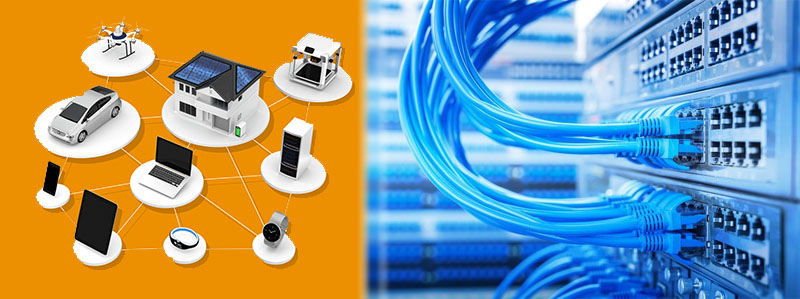If you’ve ever used a telephone, tracked a package with an overnight shipper, or purchased a new car from a dealership, you’ve used a network. Of course, they weren’t computer networks-they were, respectively, the phone company’s switching network, the overnight shipper’s package-tracking network, and the car manufacturer’s distribution network. And although these networks move phone calls, packages, and cars instead of computer data, they are examples that explain the fundamental purpose of a network. The single most important purpose of any network-computer or otherwise-is to link similar items together using a set of rules that ensures reliable service.

In the telephone network’s case, the rules have to do with what happens when you dial a phone number based on how many digits you dial: If you dial seven digits, it’s a local call; eleven digits is a long-distance call. For the overnight shipper’s network, the rule is that your package is assigned a tracking number that must be recorded each time the package goes through a weigh station or transfer point. And for the car dealership, the rule is that there’s only one reseller within a given geographical area; all new cars are delivered to that dealer, and that dealership has a direct link to the manufacturer. Like other networks, computer networks have basic rules that ensure the safe delivery of information instead of telephone calls, overnight packages, or new cars. A basic set of rules for how a computer network should do its job might look something like this:
Information must be delivered reliably without any corruption of data. Information must be delivered consistently-the network should be capable of determining where its information is going. Multiple computers must be able to identify each other across the network. There must be a standard way of naming and identifying the parts of the network.
These rules are simple, but they’re the core of what a computer network does. Networks can be as simple as a file-transfer program that runs between two computers on a printer-port cable; networks can be as complex as the high-end banking systems that transfer data on pulses of light in fiber-optic cables. Despite this variety, all networks have the same basic goal: to ensure that data is shared quickly, reliably, and accurately.
How Networks Are Put Together
If you were to break a network down into its simplest components, you’d have two pieces. One is the physical network-the wiring, network cards, computers, and other equipment the network uses to transmit data. The other is the logical arrangement of these physical pieces-the rules that allow the physical pieces to work together. Both of those pieces are usually managed by a supporting operating system and software.








